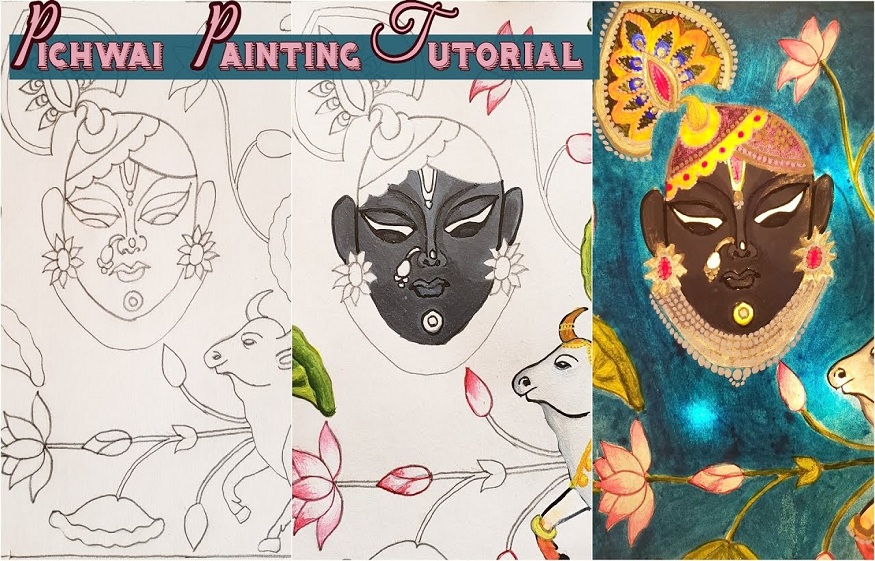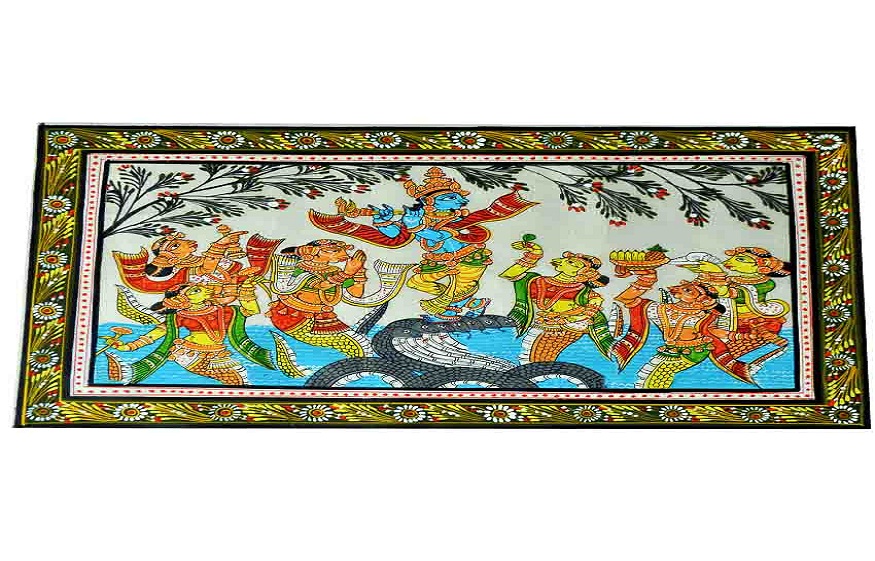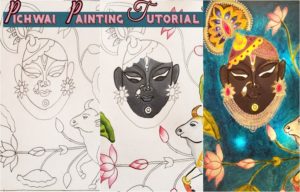The Splendour of Indian Folk Art Paintings

From every nook and corner of the country comes a treasure in the form of Indian art forms, and one artform that stands out is the splendour of Indian folk art. There are distinct types of folk art forms that come from the farthest corner of our nation, but even when diverse in nature, it still is unified in more ways than one.Indian folk art paintings are unique in themselves and while they have originated from the tribal roots of India, they have become a worldwide sensation. They do represent us nationally but the splendour of Indian art has put us on the global map as well.
Sacred, ceremonial and cultural in nature, folk art paintings stand out because of their deep-rooted beliefs related to nature and mythology. Each and every tribal painting is different and yet the underlying beliefs are the same. The splendour of indian art painting awaits your attention as we tell you about three magnificent and gifted Indian folk art paintings that are uniquely crafted and have amusing stories behind their origins.
1. Pichwai painting
A Pichwai painting is noted for its motifs related to Lord Krishna – lotus, cows, peacocks, Radha, gopis, and Lord Krishna himself – and are hung behind the majestic idols of Lord Krishna. The Pichwai painting originated in the dainty town of Nathdwara in Udaipur, Rajasthan, where these paintings on clothes were hung behind the deity of Shrinathji, who is regarded as Lord Krishna’s seven-year-old incarnation. Pichwai painting is intricately crafted, and the role of Pichwai art is implied by the name – pich means back, and wai means hanging. Since it is done with extreme finesse and pinpoint precision, famous Pichwai art can take a long time to create, often months.
2. Madhubani painting
Madhubani painting, one of the most well-known styles of folk painting, emerged in Bihar’s Mithila district. This art is deeply embedded in faith and belief and the fascinating part is that it is said to have originated with Sita’s wedding. A folk art painting that dates back to ancient times!
A Madhubani painting is bright and vivid, with a variety of motifs on the canvas, each with a distinct significance. Elephants, for example, represent courage, fidelity, and nobility; trees, long life; fish, fertility; and so on. This folk art painting has five distinct types of Madhubani artworks are Kachni, Bharni, Tantrik, Godhna, and Kohbar; these paintings were mostly done by women.
3. Pattachitra painting

Pattachitra painting is known for its ability to convey stories visually; pattachitra simply means “painting on cloth,” patta means “cloth,” and chitra means “painting.” Pattachitra art originated in West Bengal and Odisha. A type of folk art, it has been used differently in different parts of the country, for example, it is used differently in both the regions of Bengal and Odisha: in Bengal Pattachitra, it is used as a fabric painting for storytelling, and in Odisha temples, it is used as a sacred item in various rituals and prayers related to Lord Jagannath. Although Odisha’s Pattachitra painting has various versions such as Bhittichitra (wall paintings), pattachitra (paintings on cloth) and tala pattachitra (paintings on palm leaves), Bengal pattachitra has styles such as chalchitra (used behind Goddess Durga’s idol), Durga Pot (pattachitra used for worship), Kalighat pattachitra, tribal pattachitra, etc. Patta paintings were once used as temple souvenirs and were considered time-consuming and complex pieces. What a splendour of indian folk art!







